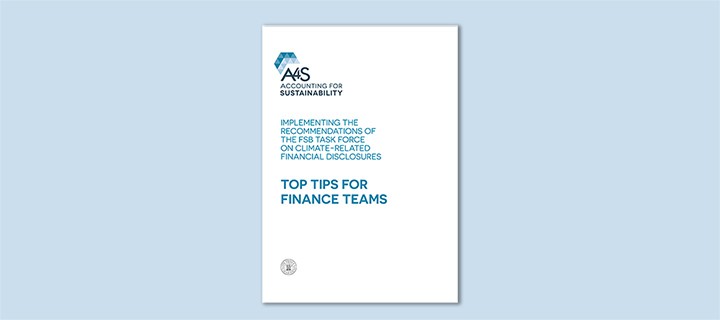Climate scenarios in Hydro: an exercise to manage ambitions
By Eivind Kallevik, Executive Vice President and Chief Financial Officer, Norsk Hydro ASA.
In the wake of the Paris climate agreement, the attention to companies’ performance on environmental, social and governance (ESG) factors has increased. The Task Force on Climate-related Financial Disclosures (TCFD) asks a very interesting question in this context - is our company and our strategy resilient for climate change and new climate change regulation?
Hydro has been a forerunner in openness and transparency for decades. As an integrated aluminium company we account for emissions in all parts of the value chain and aim to be carbon neutral in a life-cycle perspective by 2020. We published our first environmental report in 1989, started public reporting of our financial targets in 2005, and launched the current climate strategy in 2013. The emphasis has however been on Hydro’s footprint and policies.
The motivation to address the issues of the TCFD is both external and internal. How Hydro prepares for climate change and new regulation is of great importance to our stakeholders. Internally the motivation is to create a solid foundation for a new climate strategy, succeeding the current.
The initial project phase was to map the different risks and opportunities related to climate change and their impact on physical assets, regulatory framework, our technology and markets, and stakeholders. The physical risk aspect was covered by a thorough modelling process. The challenge for the transition risks was to get a collective understanding of what policies and regulations would be in place in 2030 or 2050, and the outline for the demand and supply side for aluminium production.
Manage ambitions
After some initial research, we realized that a quantitative approach for the transition risks where we could set a monetary value on how climate change affects Hydro, was not feasible at this stage. A more general risk evaluation, where we identified single risks, likelihood and consequences in a descriptive text, was more suitable and generated sufficient value. As the process progresses the risk assessment may mature over time.
What-if approach
For the scenario analysis we have utilized the existing literature on transition risk as an overall framework. As there is no off-the-shelf scenario for every industry, we have supplemented existing literature with our industry knowledge and applied a “what-if”-approach, i.e. what if the market for emission quotas becomes more asymmetric? Or what if there is a ban on direct emissions.
In addition to the what-if approach, we strive to take a holistic approach towards our sector, to analyze both intra-industry and inter-industry specific issues.
On the physical risk aspect of climate change, Hydro has utilized a climate model that analyzes changes in weather patterns (precipitation, winds, storm surges, etc.) that may affect Hydro’s assets if we face a warmer climate. We based the modelling on IEAs RCP 4.5 and RCP 8.5 scenarios and local historic weather-related events. Together with local plant management expertise, this has partly confirmed and partly given valuable insights into the risks we are facing.
Building internal competence and understanding of climate related issues has been an important part of the process. The insights gained during this process will be an important consideration going forward in designing a robust climate strategy for Hydro.
Hydro’s first approach to TCFD reporting can be found on page V40/282 in its annual report 2017.



